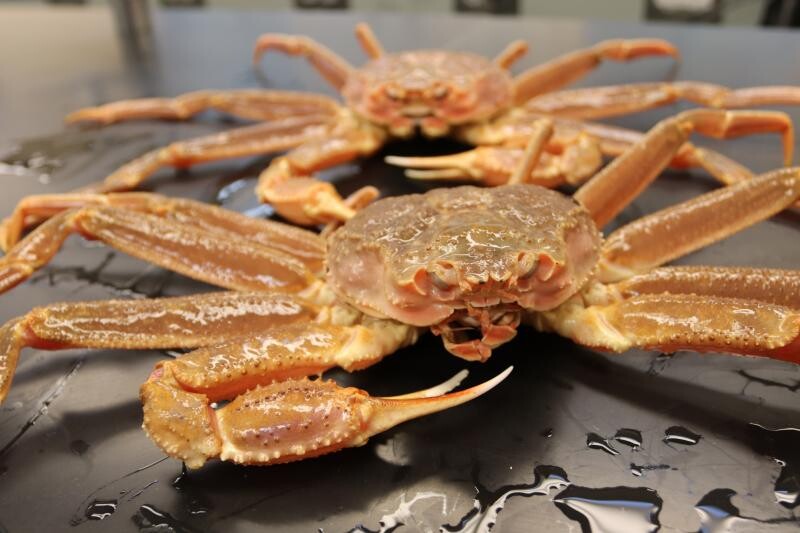After the marine heat wave that hit the Bering Sea for years, billions of snow crabs disappeared in 2021. The following year, the state decided to close the fishery, which regularly has an annual harvest worth more than $200 million. According to a recent study, the long-term outlook for the fishery remains gleam, but with the water cooling, the younger crab population is growing once more.
Snow crabs are known to do better in non-subarctic climates. Their ideal water temperature varies depending on their stage of development. Still, they typically thrive in colder waters while they are immature and migrate into slightly warmer habitats as they mature. They can be found in the northeastern Atlantic, the Barents Sea, and the eastern Bering Sea, which is as south as the species will range in the North Pacific.
The study shared that the abrupt collapse of the Bering Sea snow crab stock can be explained by rapid borealization (the transition from an arctic physical state to subarctic), which is less than 98% likely to have been human induced. While strong Arctic conditions are now expected in only 8% of years to come, researchers have told stakeholders to accelerate adaptation planning for the complete loss of Arctic characteristics in the traditional fishing grounds.
According to the 2024 Stock Assessment and Fishery Evaluate (SAFE) report on snow crabs, the heat wave before 2021 decimated the commercial male stock. Only male snow crabs of a specific size (78 millimeters) can be harvested by fishermen, and fishing is prohibited during certain mating and molting times.
Cody Szuwalski, author of the SAFE report and a NOAA biologist, shared at a crab plan team meeting that this year’s observed immature female biomass was the highest that has ever been recorded, in hopes of an increased reproductive capacity even with the lack in the male population. Scientists are still determining if the small mature male crabs are equivalent to the large mature males in their ability to reproduce.
Szuwalski’s report states, “An argument might be made to allow a small fishery to alleviate some of the financial burdens the industry is suffering while banking on the incoming recruits to backfill.”
Jamie Goen, executive director of the Alaska Bering Sea Crabbers, told sources that captains she has talked to don’t think the outlook is as grim. She stated, “The bottom line is that models produce some useful information, but we shouldn’t put too much weight on them.” The industry is looking for fishery regulations to be more flexible and desperately needs government disaster air to arrive quicker.
While the Bering Sea snow crab fishery faces significant challenges due to past environmental changes, the recent uptick in immature female biomass offers a glimmer of hope for recovery. As fishing organizations and fishermen push for flexible regulations and quicker support, the resilience of both the crabs and the fishing industry hinges on adapting to a changing climate.







